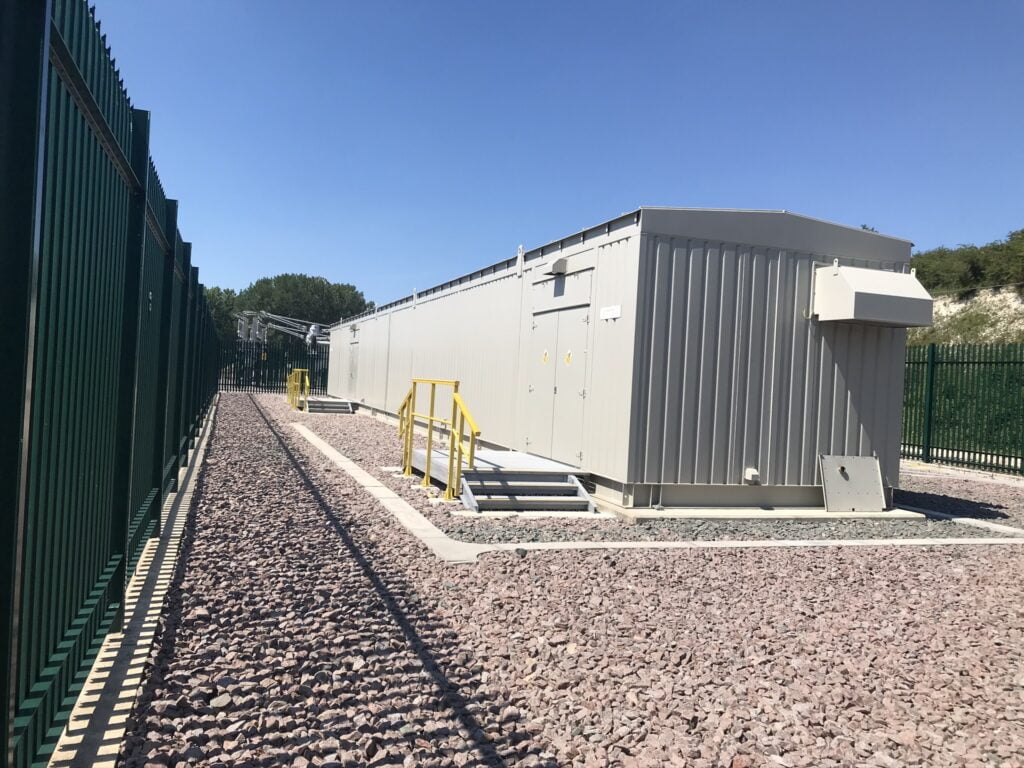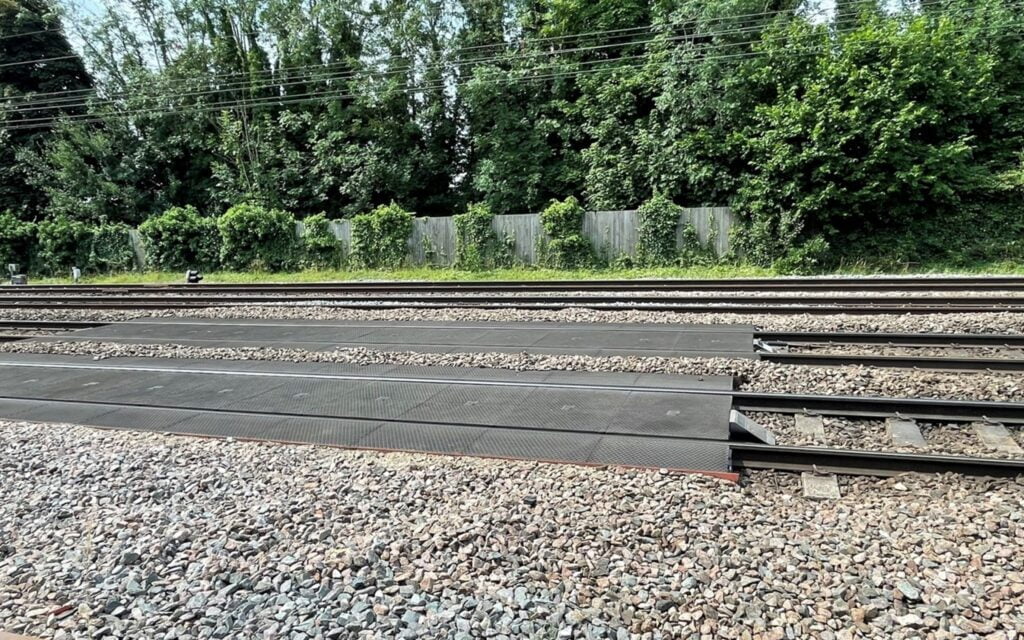Key dates: June 2020 to March 2022 (and ongoing)
Client: SPL Powerlines for Network Rail
Running from London to Nottingham and Sheffield in the Midlands, Network Rail’s Midland Main Line is undergoing the most significant upgrade since its completion in 1870, bringing improvements for passengers and near neighbours, as well as environmental benefits.
Whitfield Consulting Services has been involved in two packages of work so far for SPL Powerlines; L2C London to Corby, and K01A (Key Output 1 A), providing survey and civil engineering design services in GRIP stages 4 and 5, and electrical design through our supply chain relationship with Navitas Engineering.
WCS has provided designs for a number of rail electrification projects and Midland Main Line was no exception in requiring us to be reliable in delivering effective designs as well as being agile to respond to a growing programme of work.
Initial requirements
Our initial involvement was for three substation compound designs. Network Rail had specified modular substation buildings, for which we undertook civil engineering designs for elements including foundations, drainage, fencing, substation access roads, switch farms and cable routes. Following on from these, we have also designed a number of road rail access points (RRAPs), pedestrian access points (for Network Rail and its contractors) to access the railway for maintenance and access pathways.
Visiting the sites early in the design process gave us a good knowledge and understanding of the topography of the sites and therefore clarity upfront on whether we had to form any earthworks or retaining structures to ensure each one would have a sufficiently level site.
A core area of expertise for us is in the detailed design and we have a heritage of delivering successfully in the rail environment. There are always many elements to consider along the railway corridor – uneven ground, buried services and equipment, to name but a few – so there were up to 30 drawings forming the basis of the design packs that were put forward for the substations.
However, having prior experience of designing for modular substation buildings, coupled with the visibility of any factors that would have an impact, made the process designing the elements such as the appropriate foundations that would support each building, the drainage schemes for roof water and the access routes for them simple.
Considering the wider team to improve project outcomes
Having worked on a large number of similar projects before, we know the requirements of the other disciplines: electrical (power & distribution), telecoms, SCADA, permanent way, signalling and this is another key factor in keeping a project smoothly moving forwards. Knowing what information is likely to be available, or required, at what points ensures that we can play our part in what is a team effort to achieve the upgrades that Network Rail are looking for.
Our specialist knowledge was also deployed when designing the routes for the cables from the substation to the overhead line equipment. These routes can be a couple of hundred metres or even over a kilometre, as determined by the electrical design, with bridges and other structures to consider.
As we have delivered designs for a number of projects previously, we know how to fit the cables and the routes they will take in the most practical way for the existing railway. This results in designs that deliver constructability, translating into something that is as easy as possible for a contractor to install.
Flexible approach
As the project progressed, Network Rail’s scope changed and so we were asked by SPL to provide designs for additional elements as well as to rework some of the original earlier GRIP stage designs.
The Braybrooke substation was redesigned to simplify the build. The sheet piles were removed, reducing the need for many tonnes of raw steel and helping to support Network Rail’s broader sustainability goals.
Earlier this month, we were pleased to see impressive photographs of the Braybrooke Feeder Station being lifted into place – you can look at these photographs here. A night time possession of the railway was required due to the 500T crane operating within 3m of the track to lift the feeder station modules into position. The WCS team designed the temporary works to enable the crane platform to accommodate the 500T cranes outrigger loads, so it’s great for us to see this major milestone being achieved with such precision.
Twelve pedestrian access points (PAPs) were also added to the scope, to ensure safe passage of personnel from the boundary fence to the site boundary. As individuals within the WCS team are empowered to make decisions that support the overall progress of a project, these additional works were completed quickly.
We also provided a set of drawings to describe the condition of the fibre cable route, as it is 30 kilometres long. This Single Line Condition Diagram, compromising over 50 drawings, will help with ensuring a safer and more reliable operation of the facility.
Due to familiarity with the Network Rail requirements and preferences, coupled with our responsive approach to ancillary works, we were able to ensure that excessive time is not added to the overall timeframe.
Commenting on how we approach projects like this one, Nick Lowe, Associate / CRE at WCS said, “Within the rail environment, we have many years of experience and proven capability on projects such as HS1, HS2, Great Western Electrification Project and Crossrail. This gives our clients the opportunity to extend the scope of work with us, knowing that we are able to deliver it without them having to manage additional suppliers.”
David Blakeley, Senior Project Manager, SPL Powerlines Limited, added, “I really value that there is always someone available at WCS to take my calls, or to send someone to site, whatever is needed to help me to progress my project. They combine knowledge with an easy way of working together.”
To find out more about our rail experience click here. Or, if you’d like to discuss your next project, contact us via info@wcs-consult.co.uk


